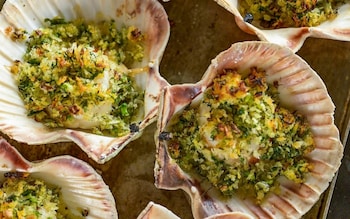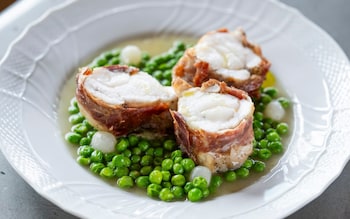In fair Verona where we lay the scene, we find a young woman in an Aperol dream. Yes, reader, that young woman was me and I had fallen in love, not with an Italian named Romeo, but with a drink called Aperol spritz.
How did Aperol go from a little-known Veneto drink which I enjoyed so much in the simple bars and osterias across the region during aperitvi hour, to one of the world’s most recognisable drinks brands?
The “spritz” can be traced back to the 1800s when The Lombardo-Venetian Kingdom was crown land of the Austro-Hungarian Empire. The Austrians found the strong wines of Italy a little too robust, so they added a touch of soda water to dilute it, and thus, the “spritzen” was born. Later, soda water was replaced by prosecco, and the wine by fortified wines and liqueurs.
Aperol itself is over 100 years old, but it wasn’t until the post-war boom of the 1950s that the drink became popular with holidaymakers in Italy. Its fortunes changed in 2003 when Grupo Campari bought the brand and pushed an aggressive global marketing campaign, which takes us up to this point.
In February this year, the Milan-based company announced double-digit growth for the third year in a row, with Aperol growing by a staggering 23.1 per cent. Our adoration of the lurid-orange drink doesn’t seem to be abating.
However, like many love affairs, my feelings towards Aperol have changed. We’ve all had that drink that we really used to love but now can’t stand – Aperol spritz is definitely at the top of my list. But, I still love a spritz in the summer months, so I’ve put together a list of my favourite alternatives for you to try. Who knows, maybe I’ll help you fall in love with spritzes all over again.
But first, a little 101 on what forms most spritzes. First up, the base: vermouths, americanos, quinquinas, liqueurs and amaros – these offer the core flavour element.
Vermouths are an aromatised and fortified wine with a primary herbal element of wormwood. Americano is a cousin of vermouth, with the primary herbal ingredient being gentian. And quinquina, yep, also one of vermouth's cousins with the primary herbal ingredient being quinine.
Amaros are Italian botanical liqueurs, normally made with a base of grape brandy infused with herbs, flowers, aromatic barks and citrus peel. And finally, liqueurs – these are grape brandies infused with natural flavours and are generally always sweetened.
These are normally topped up with some form of sparkling wine, and then a dash of soda water. But the great joy of the spritz is you can make it as strong or as weak as you like – I love playing around with ratios, some with sparkling wine, some just with soda.
Here’s to a happy spritzy summer, with no neon orange in sight, other than maybe my nails.
Mattei Cap Corse Spritz
My first taste of Mattei Cap Corse Blanc, a delicious and unique aperitif wine was a couple of years ago when exploring the beautiful island of Corsica - I’ve been hooked ever since. It’s a true quinquina, with a mistelle base (mistelle is fresh grape juice that is fortified by adding alcohol spirit). It’s made with the native Corsican grapes vermentinu and muscat petit grains which give this wine gorgeous aromas of summer blossom and racy acidity too, thanks to the infusion of cedrat peel – a wild, gnarly citrus.
How to enjoy: a cap spritz normally includes sparkling Corsican moscato wine, but I substitute this for any crémant or prosecco. Load your wine glass with ice, pour over 50ml of Mattei Cap Corse and 75ml of sparkling wine, top it up with a good glug of soda and a slice of lemon.
£26.25, available nationwide including The Whisky Exchange
Berto Bitter Spritz
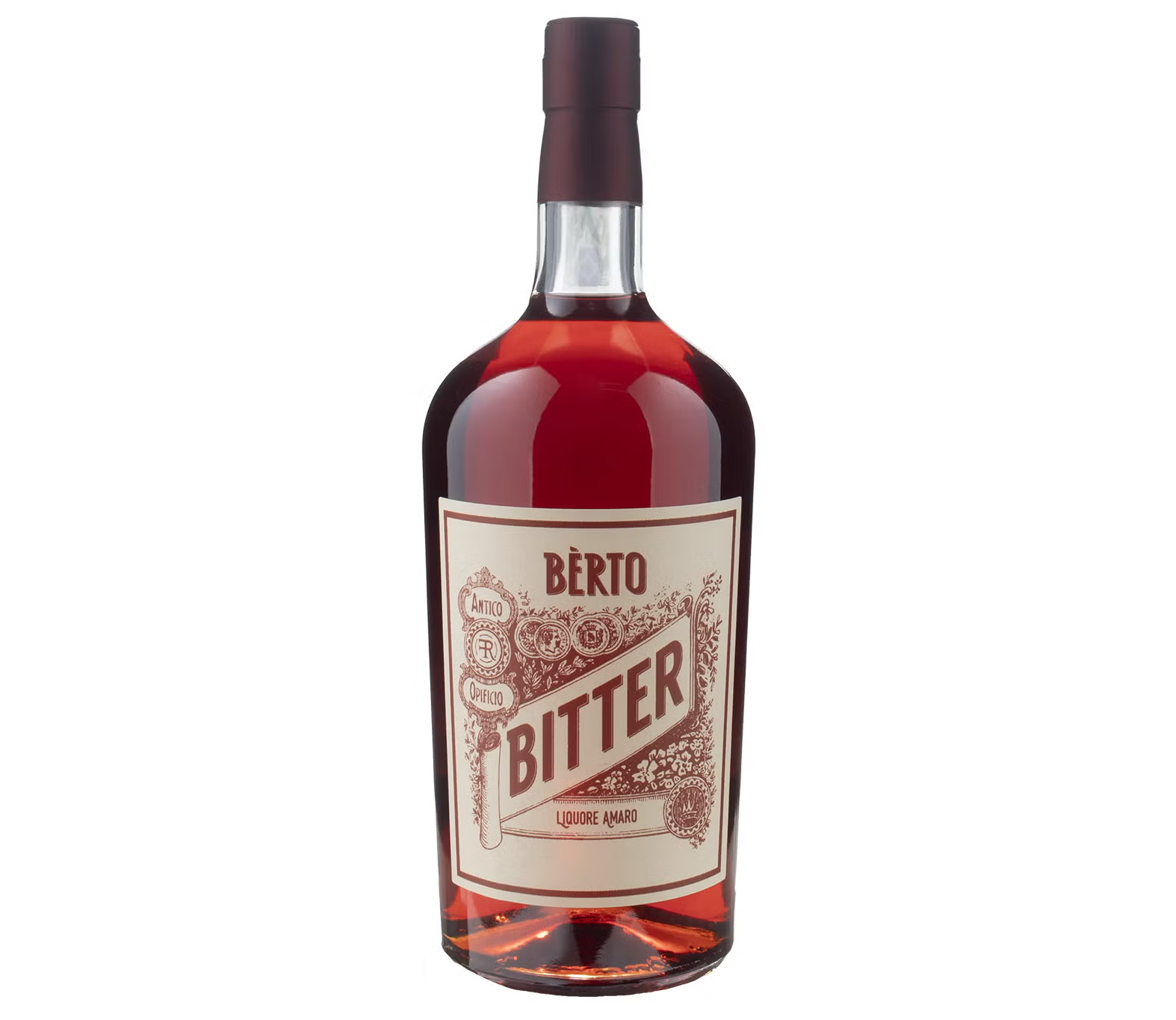
I like Campari, but I love this alternative. Made by the Piedmontese distillery Quaglia, which was born at about the same time as Italy itself in the 1890s, they make a range of vermouths, amaros and gins in a traditional method, eschewing some of the additives that you’re likely to find in Campari and Aperol. Their “bitter” is a great Campari switch – it’s intense with a great balance of gentian, wormwood, sweet and tart orange all wrapped up with hints of vanilla and cinnamon. They also make a tasty alternative to Aperol called “aperitivo”, the colour is far more appealing, and it's nowhere near as sweet.
How to enjoy: be generous with ice and add 50ml Berto Bitter, 75ml prosecco, 50ml soda water (I prefer a slightly “longer” spritz), stir and garnish with a couple of slices of orange.
£26.95, available nationwide including The Whisky Exchange
Suze Spritz
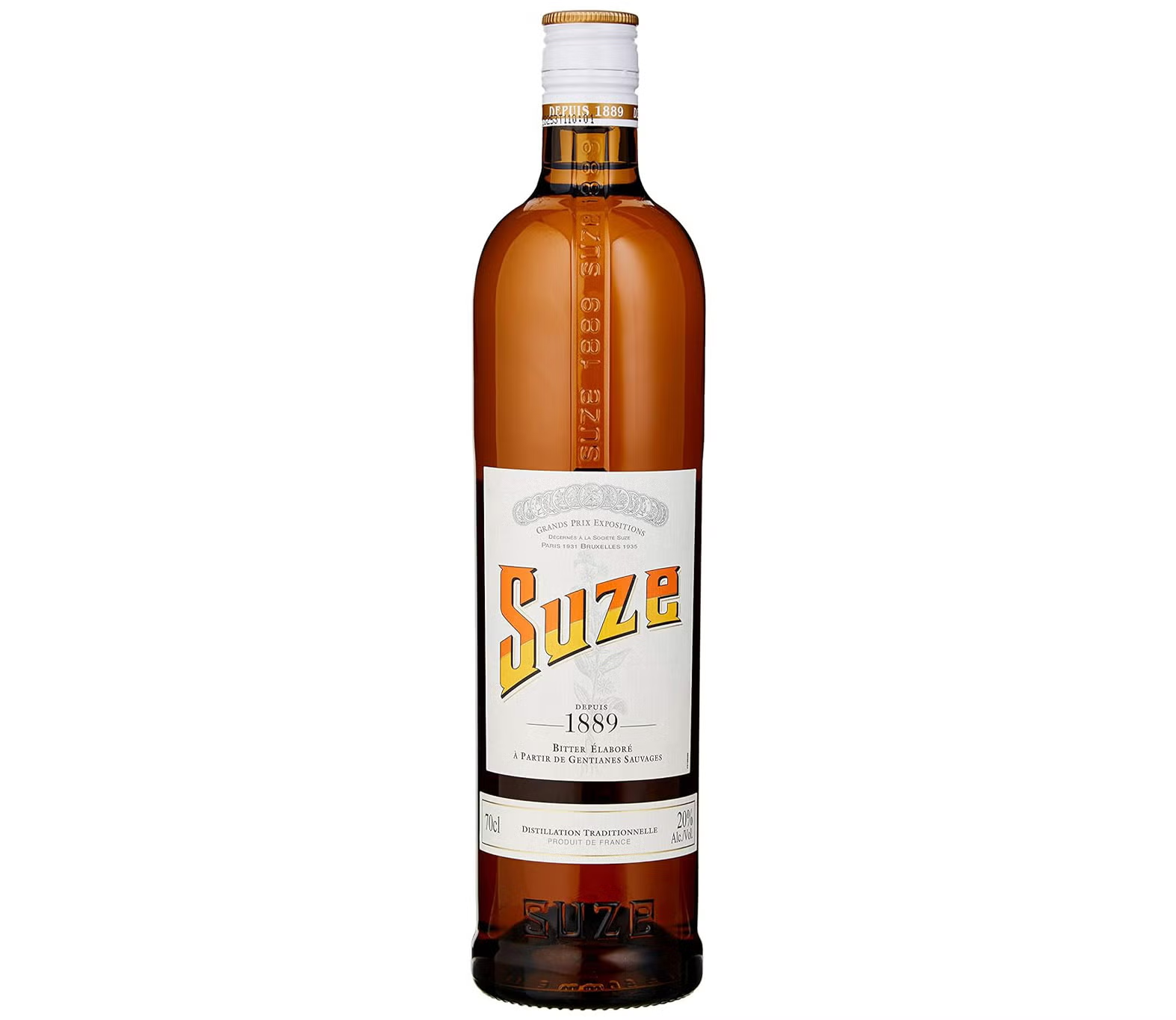
Nothing says summer in France more to me than Suze. Perhaps it's its outrageously chic design with the most joyful yellow merch that you often see for sale in brocantes throughout France. Or maybe just smelling it leaves you imagining you’re driving through the plane tree-lined roads of the French countryside in a Citroen DS, with a young Jean-Paul Belmondo at your side, no? Just me then. But, evocations aside, this is a great drink that makes a fantastic spritz. Suze is all about the gentian root, which grows deep underground and gives drinks not only earthy and bitter notes, but fragrant citrus too. It's made by macerating this wonder-root for a full year in neutral alcohol to impart all of its depth and complexity. This is then blended further with a variety of ingredients to create Suze’s unique flavour profile.
How to enjoy: Whilst not technically a spritz, Suze and tonic is outstanding. Mix up 50ml of Suze with your tonic of choice – I tend to keep it classic and opt for Schweppes – lots of ice and, of course, a slice of either orange or lemon. For spritzing joy, I mix up 50ml of Suze with 75ml Crémant de Bordeaux (or Loire, Alsace – whatever crémant you can find that’s good value) topped with soda, lots of ice and a slice.
£21.50, available nationwide including Gerry’s or on Amazon
Lillet Blanc Spritz
Lillet was established in Bordeaux in 1872, so has a long history, but I believe it’s going to see a rise in popularity in bars across the world. Originally made famous as one of the key ingredients in James Bond’s Vesper Martini, the formulation available now is sweeter than the quinine-infused original Kina Lillet. There are three varieties of Lillet to choose from: Lillet Blanc (made with sauvignon blanc and sémillon grapes), Lillet Rosé (a blend of merlot, cabernet sauvignon and sémillon grapes) and Lillet Rouge (merlot and cabernet sauvignon).
How to enjoy: all work well in a spritz, but my favourite is Lillet Blanc with its citrus and exotic fruit flavours. I enjoy mixing it with some Suze to lift the bitter notes. Load a large wine glass with ice and add 50ml of Lillet Blanc, 25ml Suze and 100ml soda water for a long and refreshing drink. A straight Lillet spritz is lovely too: 50ml Lillet Blanc, 75ml Crémant de Bordeaux (or whatever sparkling you have to hand) and 50ml soda water, garnish with grapefruit.
£18.99, available nationwide including Amazon
St Germain Spritz
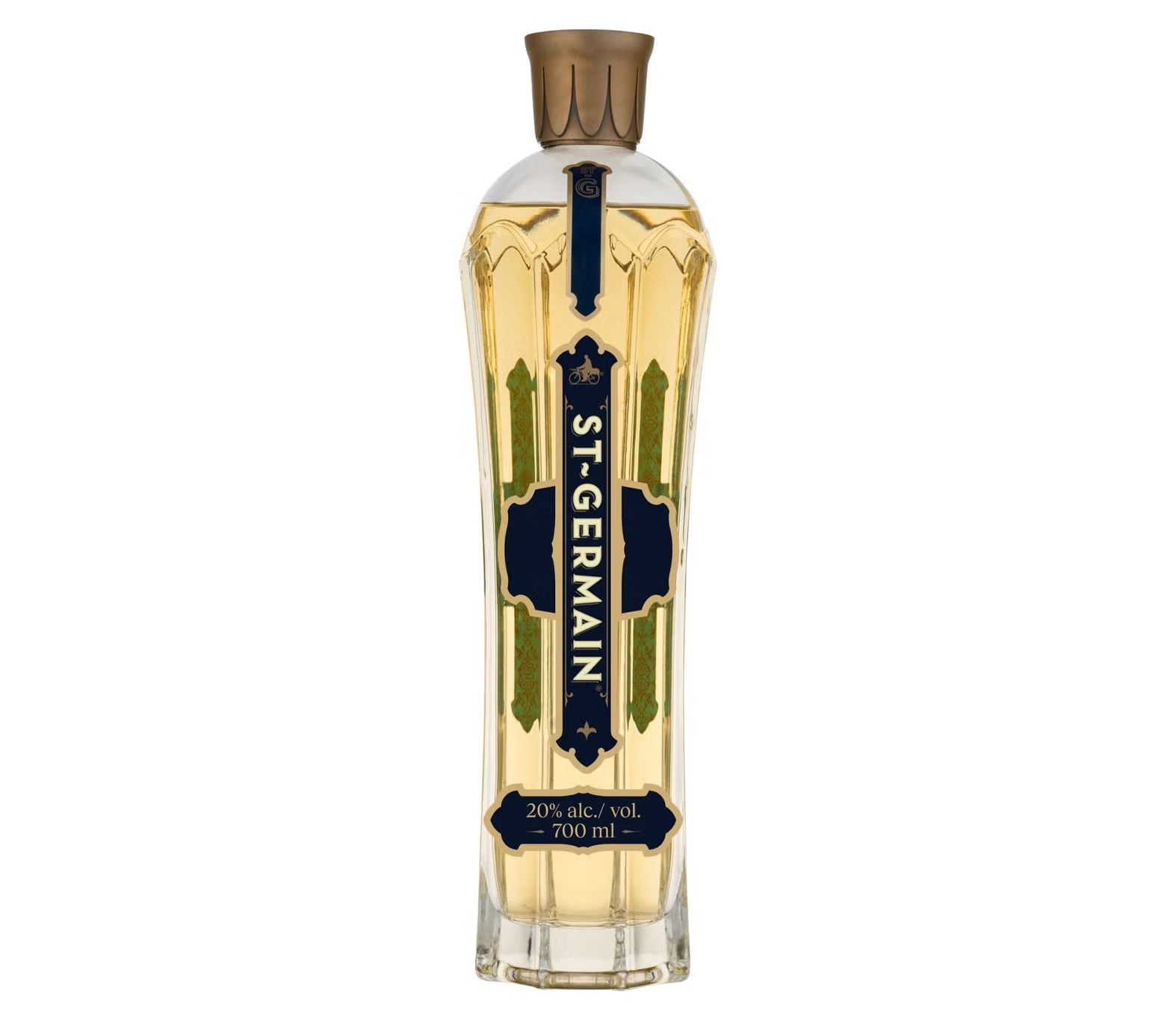
St Germain is a delicious French liqueur made from hand-harvested elderflowers, picked in spring time in the Savoie region of the French Alps. Many spritzes rely on a bitter element to be the dominant flavour, but I love how this is unashamedly led by pretty floral notes and abundant citrus. It’s bright, uplifting and gloriously refreshing.
How to enjoy: combine 40ml St Germain liqueur, 60ml prosecco (or other sparkling wine) topped up with 60ml soda water. I love to garnish this with fresh mint and lime wedges for a super fresh summer drink.
£21.50, available in Waitrose
Rosamund Hall (DipWSET) is a freelance writer and wine expert
Disclaimer: The copyright of this article belongs to the original author. Reposting this article is solely for the purpose of information dissemination and does not constitute any investment advice. If there is any infringement, please contact us immediately. We will make corrections or deletions as necessary. Thank you.


